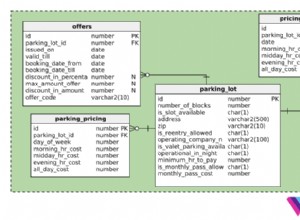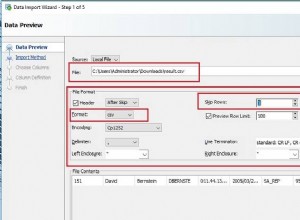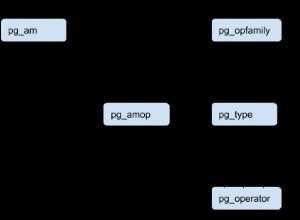Pytanie nie jest w 100% jasne, więc odpowiedź może, ale nie musi być dokładnie tym, czego szukasz, ale...
Istnieje justify_interval()
funkcja, którą warto zajrzeć.
test=# select justify_interval(INTERVAL '100 days 3 seconds');
justify_interval
-------------------------
3 mons 10 days 00:00:03
(1 row)
test=# select justify_interval(TIME '20:05' - TIME '12:01:01');
justify_interval
------------------
08:03:59
(1 row)
test=# select justify_interval(AGE(NOW(), NOW() - INTERVAL '1 MONTH'));
justify_interval
------------------
1 mon
(1 row)
Wyodrębnij tam rok, miesiąc, dzień itd., aż uzyskasz niezerową odpowiedź:
test=# select extract('mon' from interval '3 mons 10 days 00:00:03');
date_part
-----------
3
Odpowiedz na inne pytanie w komentarzach:
create function max_res(interval) returns interval as $$
select case
when extract('year' from justify_interval($1)) > 0 or
extract('mon' from justify_interval($1)) > 0 or
extract('day' from justify_interval($1)) > 0
then '1 day'
when extract('hour' from justify_interval($1)) > 0
then '1 hour'
when ...
end;
$$ language sql immutable strict;




